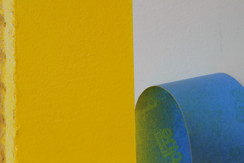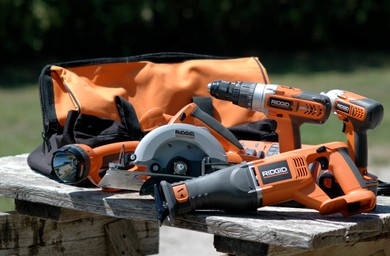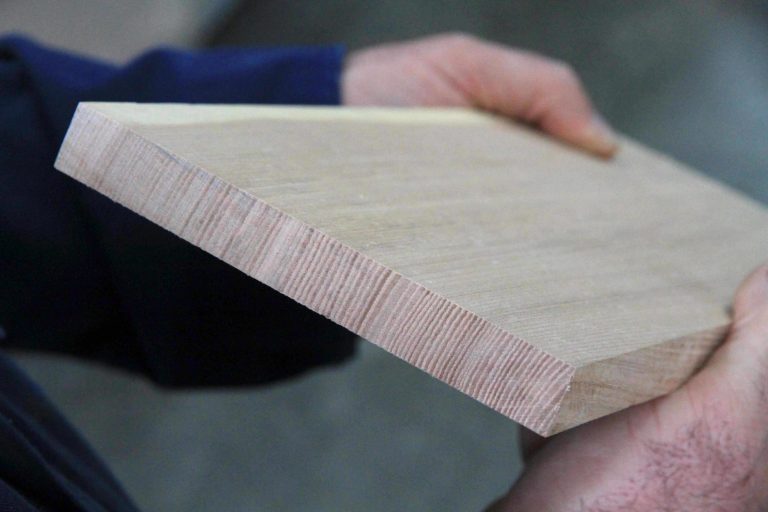Masking walls and trim effectively on your next painting job isn’t as easy as it looks, and ordinary masking tapes are the biggest reason why. That’s why success depends on understanding the challenges involved and how to face them.
Masking Tape Trouble #1: Seepage
The first problem with ordinary masking tape is that it doesn’t actually keep paint away from adjoining surfaces. The characteristic crinkles you see on the surface let enough paint creep underneath edges and onto adjacent surfaces to cause obvious problems when you peel it off. A masked line has got to be crisp or it’s no good at all. But as ugly as paint seepage is, it isn’t even the worst thing that ordinary masking tape can do to you. Overzealous adhesive is another hazard.
Masking Tape Trouble #2: Stubbornly Sticky
While no one would ever consider masking tape to be particularly sticky as it comes off the roll, the adhesive is tricky. Leave that seemingly mild-mannered tape stuck on surfaces for more than a few days, and it settles in like an incompetent university professor making full use of tenure status. Try and peel it off and it tears to pieces, leaving gunk behind. The adhesive simply won’t let go. If you’re lucky, you’ll only have to contend with residual adhesive and ugly bits of paper left on walls. Masking tape left too long can also damage drywall by peeling off the surface layer of paper, along with the tape.
Painters Tape Solution
 A particularly good example of tape that actually works is something called ScotchBlue Painter’s Tape (www.ScotchBlue.ca). It’s made by 3M, and notice how the company has distanced the product from that old “masking tape” name. That’s a wise move because my tests show that ScotchBlue eliminates all traditional masking tape problems in an admirable way, and the adhesive is one reason why. You still need to seal the edges with your fingernail or flat tool to activate the sealing action, but as long as you do, paint certainly stays out.
A particularly good example of tape that actually works is something called ScotchBlue Painter’s Tape (www.ScotchBlue.ca). It’s made by 3M, and notice how the company has distanced the product from that old “masking tape” name. That’s a wise move because my tests show that ScotchBlue eliminates all traditional masking tape problems in an admirable way, and the adhesive is one reason why. You still need to seal the edges with your fingernail or flat tool to activate the sealing action, but as long as you do, paint certainly stays out.
The performance of ScotchBlue is what you’d think ordinary masking tapes should do but don’t, and to really see how it performs compared to conventional tapes, I gave a box of ScotchBlue to the pickiest professional painter I know. Her name is Donna, she does great work and she has choice words for painting supplies that don’t contribute to her reputation of delivering high-quality results. “I really like this stuff,” she explained to me after using the Edge-Lock version of ScotchBlue on several clients’ homes. “It even worked well on bricks that I had to paint next to. It left a nice smooth line and was easy to peel off.”
Masking tape that’s actually meant for masking does cost more than ordinary masking tape, so prepare yourself. The good stuff costs about twice as much as bargain-basement “masking tapes”, but there’s really no comparison. What price can you put on avoiding jagged paint lines, damaged walls and a whole lot of time spent with a rag rubbing off old adhesive that doesn’t know when to let go?







